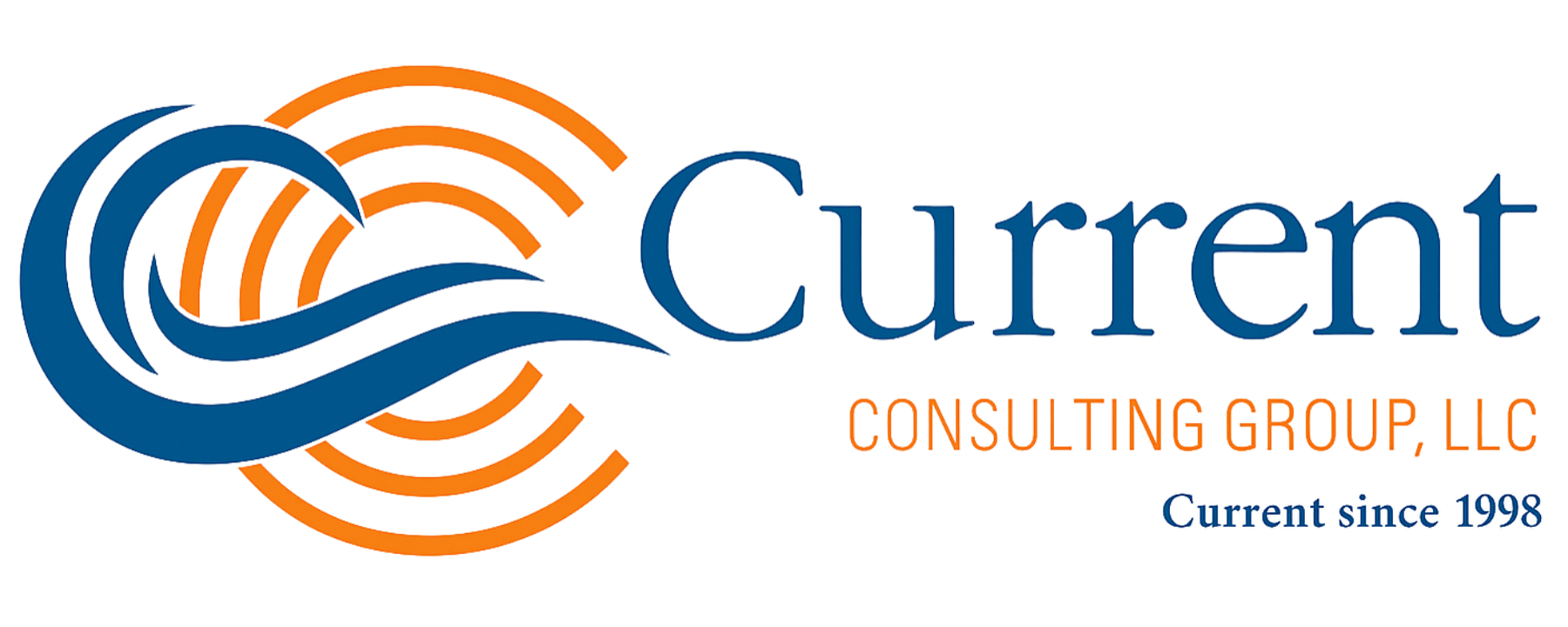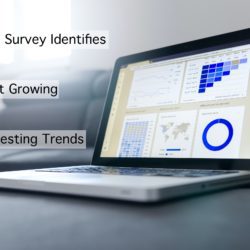This information is provided for educational purposes only. Reader retains full responsibility for the use of the information contained herein.
What were the top drug testing industry trends in 2021? Current Consulting Group’s annual Drug Testing Industry Survey has the answer to that question.
In 1999, I conducted the first Drug Testing Industry Survey (Industry Survey) and presented the results at the SAPAA conference in Long Beach, CA. There were only eight survey participants back then. Twenty-three years later, hundreds of companies from all disciplines of the drug testing and background screening industries participate in the survey and look forward to the survey’s results. In fact, many people tell us they use the survey results to help them make important marketing and sales decisions.
We’re grateful for the industry’s support. We also acknowledge the generous support of the survey’s corporate sponsors. Our 2021 Industry Survey, which came out at the end of the year, was co-sponsored by Abbott, ClearStar, DISA, First Advantage, OraSure Technologies, and Quest Diagnostics. (Current Consulting also conducts an annual Employer Drug Testing Survey.)
A full report of the survey’s highlights can be found in the February issue of the PBSA Journal (https://thepbsa.org/). But here are three revelations from the survey that you might find of interest:
- More providers saw clients drop marijuana from their drug test panels (64% in 2021 which was up from 45% in 2020 and just 17% in 2019).
- The trend to provide COVID tests leveled off (35% of survey respondents said they offered COVID tests in 2021 compared to 34% in 2020).
- Some companies that discontinued drug testing in 2020 began reinstating their programs in 2021 (14% indicating that 61% or more of their “lost” customers resumed drug testing).
Oral Fluid Drug Testing
But by far, the most dramatic trend identified by the survey was the significant increase in oral fluid testing for the second year in a row.
A whopping 73% of drug testing providers who participated in the survey indicated they now offer lab-based oral fluid testing. Yes, that’s less than the percentage that offer urine testing, but it is up from 63% in the 2020 survey and 35% in 2019. In other words, in just three years’ time the industry has nearly doubled the percentage of providers that offer oral fluid testing.
What could be responsible for the dramatic rise in oral fluid testing? Certainly, prominent providers are effectively spreading the word about the virtues of oral fluid testing. Companies like OraSure Technologies, Quest Diagnostics, Premier Biotech, ClearStar and CRL, to name just a handful, are leading the charge in educating the industry and employers.
Additionally, some of the testing method’s unique attributes appear to align well with employers’ current needs, including:
- The ability to detect drugs almost immediately after usage (lab-based oral fluid testing is the only “recent-use” drug testing method endorsed by the federal government).
- The fact that it is virtually impossible to cheat on an oral fluid test (every oral fluid collection is 100% observed).
- Oral fluid collections are much easier to collect than other test samples, making it possible for supervisors to play the role of collector-observer and for employees to safely perform their own collections. This speeds up the overall drug test process, reduces costs and, in the case of rapid-result oral fluid testing makes same-day hiring and employment decisions possible.
SAMHSA Guidelines
The issuance of the Oral Fluid Mandatory Guidelines (OFMG) by the Substance Abuse and Mental Health Services Administration (SAMHSA) on October 25, 2019, likely contributed to the increase in providers offering oral fluid testing. In fact, more than 41% of this year’s survey respondents compared to 22% in the previous year indicated that the new federal guidelines helped “increase” interest among employers (their clients) in lab-based oral fluid testing.
At the time of the release of the OFMG, SAMHSA articulated several key reasons why it decided to finally issue oral fluid testing guidelines, including:
Decreases Invalid Tests—”Oral fluid collections will occur under observation, which should substantially lessen the risks of specimen substitution and adulteration that has been associated with urine specimen collections, most of which are unobserved…”
Saves Time—”Oral fluid collection can require less time than urine collection, reducing employee time away from the workplace and, therefore, reducing costs… Administrative data indicates it takes, on average, about 4 hours from the start of the notification of the [urine] drug test to the actual time a donor reports back to the worksite. Since oral fluid collection does not have the same privacy concerns as urine collection, onsite collections are likely, thereby reducing the time a donor is away from the worksite. The Department estimates the time savings to be between 1 and 3 hours.”
Versatility in Detection—”Oral fluid tests generally are positive as soon as the drug is absorbed into the body. In contrast, urine tests that are based solely on detection of a metabolite are dependent upon the rate and extent of metabolite formation. Thus, oral fluid may permit more interpretative insight into recent drug use drug-induced effects that may be present shortly before or at the time the specimen is collected.
“… in situations where drug use at the work-site is suspected, the testing of oral fluid may show the presence of an active drug, which may indicate recent administration of the drug and be advantageous when assessing whether the drug contributed to an observed behavior.”
In Current Consulting’s survey, the ability to detect recent drug use was cited by 43% of survey respondents as a driving force behind the growing interest in oral fluid testing while only 17% said it was not a significant factor.
Advances in Oral Fluid Drug Testing— “The scientific basis for the use of oral fluid as an alternative specimen for drug testing has now been broadly established. For example, oral fluid collection devices and procedures have been developed that protect against biohazards, maintain the stability of analytes, and provide sufficient oral fluid for testing. In addition, OFMG analyte cutoff concentrations are much lower than those specified for urine in the Guidelines. Additionally, specimen volume is also much lower, saving time in collection and transport cost. Developments in analytical technologies have allowed their use as efficient and cost-effective methods that provide the needed analytical sensitivity and accuracy for testing oral fluid specimens.”
Conclusion
Drug testing is here to stay, but the COVID-19 pandemic has wreaked havoc on the industry. When asked if they had lost drug testing volume in 2021, nearly 53% of providers who participated in the survey indicated they had lost between 11% and 40%, compared to 43% who said the same thing in the 2020 survey. Oral fluid testing, lab-based or rapid-result, as an alternative to traditional drug testing methods makes it possible for employers to keep their drug testing programs intact despite the challenges posed by restrictive state marijuana laws and costs in dollars and lost productivity associated with sending individuals to off-site collection facilities to provide a sample.
In Current Consulting’s very first Industry Survey in 1999, survey participants predicted that in the future drug testing would look very different. It has taken more than 20 years, but it looks like the future has arrived. In 2022, we’ll likely see more oral fluid testing as increasing numbers of employers look for ways to survive on reduced budgets, reduce the time it takes to collect a sample, eliminate the costs associated with drug test cheating, and find effective alternatives in states that have legalized marijuana and made it more challenging to conduct drug testing.
Buckle up! 2022 is likely to be another wild ride for the drug testing industry.



